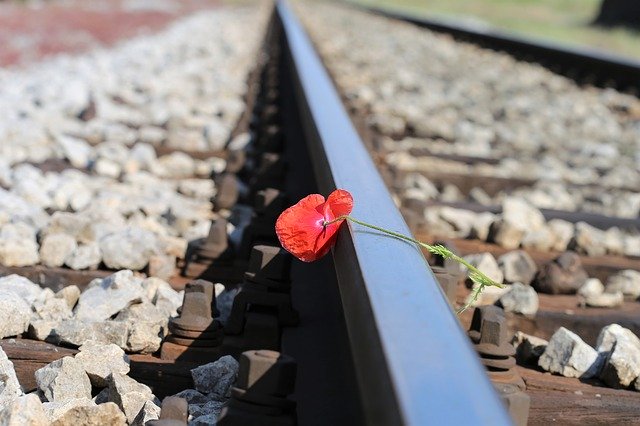Tragic Theater – Concept, Definition, Examples
Contents
What is tragic theater?
Tragic theater is a dramatic or literary work in which the main character is ruined or suffers extreme grief, mostly as a result of a tragic flaw, moral weakness or inability to cope with unfavorable circumstances.
Tragic theater is considered a branch of drama that deals in a serious and dignified manner, in which painful or terrible events encountered or caused by a heroic individual are staged. By extension, tragic theater can be applied to other literary works, such as the novel.
Definition of Tragic Theater
Although in tragic theater, tragedy is often used loosely to describe any kind of disaster or misfortune, it refers more precisely to a play that probes with great seriousness questions concerning man’s role in the universe.
Tragic theater is also defined as a play whose theme is most often taken from myth or history, featuring illustrious characters and depicting an action intended to provoke pity or terror, through the spectacle of human passions and the disasters that are their fatal consequence.
This theater is a form of dramatic theater based on human suffering that invokes an accompanying catharsis or pleasure in audiences. Although many cultures have developed forms that provoke this paradoxical response.
How did Tragic Theater develop?
Tragic theater was first seen on stage when the Greeks of Attica, the ancient state whose main city was Athens, first used the word tragedy in the 5th century B.C. to describe a specific type of play, which was presented at festivals in Greece.
Sponsored by local governments, these plays were attended by the entire community, with the state offering a small entrance fee for those who could not afford it. The atmosphere surrounding the performances was more akin to that of a religious ceremony than entertainment. The stages of the tragic theater were altars to the gods, attended by priests, and the themes of the tragedies were the misfortunes of the heroes of legend, religious myth and history.

Characteristics of the tragic theater
The tragic theater, presents an action in five acts, in act one shows the exposition, in the 2 to 4 the dramatic action, in the fifth act, the result, then comes the denouement. In which the tragic characters demonstrate their heroism in a struggle against destiny. Faced with difficult choices (the tragic dilemma), these heroes cannot avoid an unfortunate outcome. But, when the outcome is happy, it is called tragicomedy (Corneille’s Le Cid, 1637).
In tragic theater, the characters are illustrious and of high social status, legendary heroes, kings, princes. Likewise, the action in this theater takes place in remote or mythical times, in Greek or Roman antiquity and in biblical times.
In this theater the rule of the three units is met, and that is that the action should not exceed 24 hours, and that all action must take place in the same place (a palace stage, anteroom), likewise, all events must be linked and relevant. Therefore, the play should contain only one major plot that develops from the beginning to the end of the play.
The plot of the tragic play is written in verse (alexandrine) with sustained language. The preferred registers are tragic and pathetic, gravity and tension do not prevent the tragic irony. Thus, tragic theater has a dual purpose, that of pleasing and instructing. According to Aristotle, tragedy arouses pity and fear, being fear for oneself, pity for others.
It also has a moral function, identifying with the hero, the spectator experiences, while rejecting them, passions that generate suffering, this is called catharsis, i.e. the purgation of passions.
Legacy of this type of Theater
The theatricality of American and African rites, by the Congolese playwright Sony Labou Tansi [1947-1995], in the early 1980s, expressed his refusal to be heir to a form in which the West sees the origin of its theater and to submit to the hegemony of the Greek model on dramatic expression.
He then adopted a position that postcolonial playwrights of subsequent generations claimed with the same radicalism, rejecting inferiority to the Western models that had hitherto marked most of the dramatic writings of sub-Saharan Africa. For, at the time of the independences, between 1966 and 1971, the playwrights put colonialism to the test, without questioning the dramatic form, still an indisputable legacy of the West.
From 1971 onwards, the desire for emancipation is expressed through the search for authentic theatrical expressions. For example, rituals, masks and puppets are the focus of attention, putting dramatic and tragic theater to the test and searching for new dramatic forms, a poetic quest that contemporary Postcolonial authors continue to pursue to this day.
Representatives of this type of theater
Aristotle places the origin of Greek tragedy in the choral songs in honor of Dionysus, the dithyrambs. However, since the end of the 5th century B.C., the chorus, with some notable exceptions, has been absent from Western dramatic expressions. It reappeared at the end of the 19th century, at the time of the crisis of drama, analyzed by Peter Szondi in his Theory of Modern Drama.
But then it took on a new form, variable according to authors and dramaturgies, which had little to do with the monolithic character of the Greek chorus, which spoke with a single voice. Contrary to the consonance of the ancient chorus, the voices now respond to each other as if by chance, overlapping and speaking simultaneously to create all kinds of effects that are called choral.
